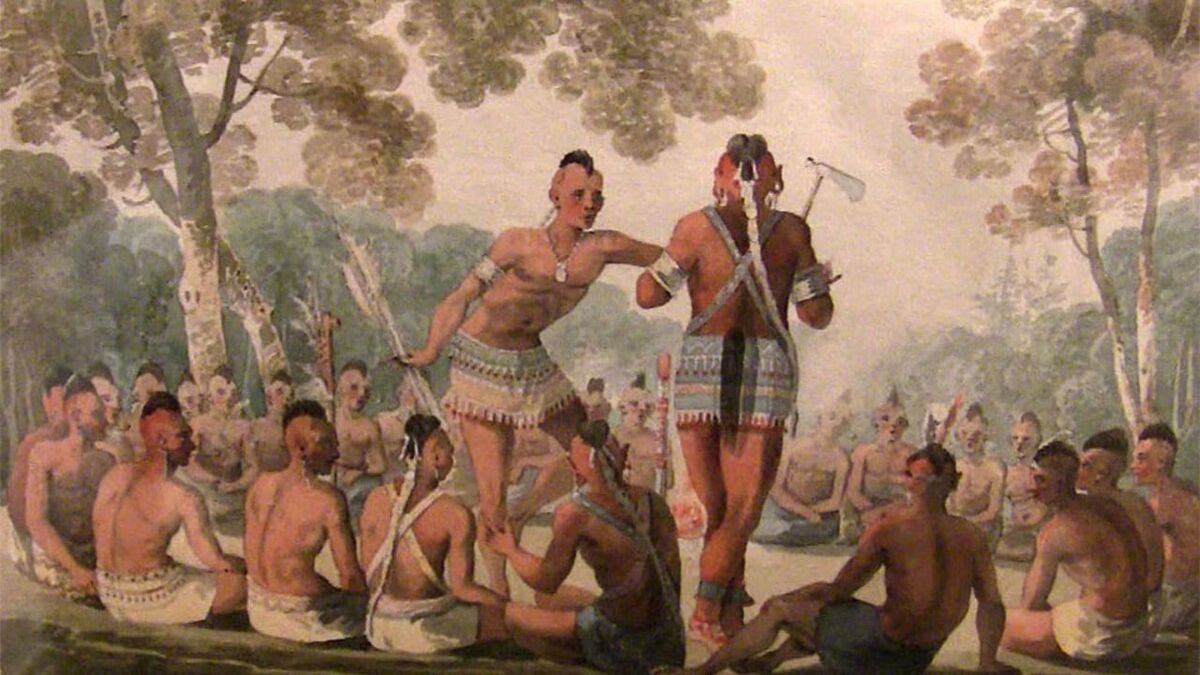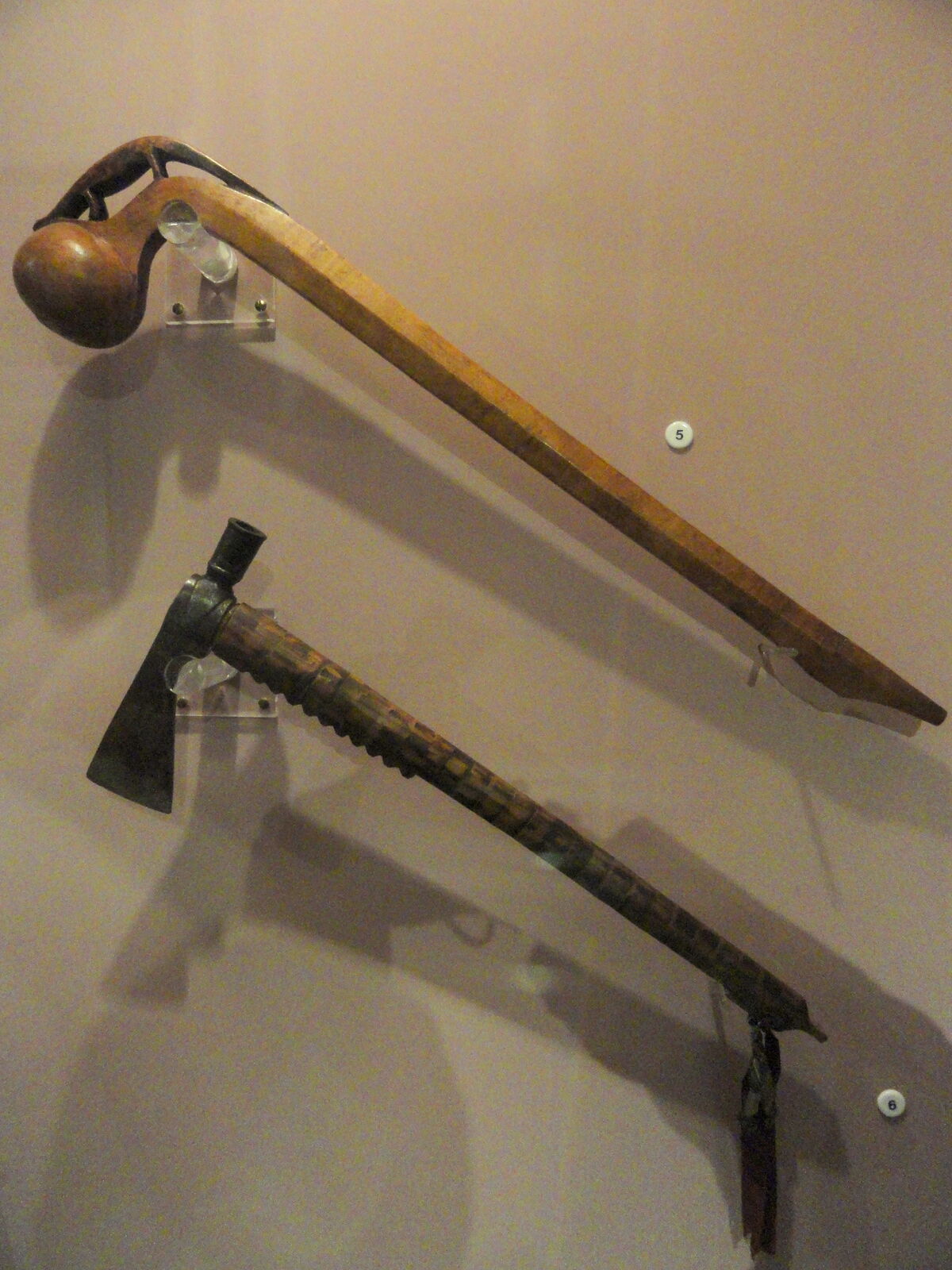There were many rivalries between different Indigenous nations in North America, which were usually triggered by different nations wanting the same land for its resources. If one group benefited from being in a good location for exchanges, it could make other groups envious and cause conflicts.
These rivalries took the form of attacks. The nation’s bravest warriors carried out operations where they tried to take their rivals by surprise in rapid attacks. The warriors captured members of the enemy’s band and retreated before their adversaries had time to retaliate.

There were regular confrontations between nations. One reason for this was because Indigenous peoples did not tend to completely wipe out a rival nation, which allowed that nation to counterattack.
Counterattacks were not only for vengeance, but also to capture members from the enemy’s camp. These prisoners were taken to the village to replace clan members who had died in past battles. This desire to replace the dead meant that prisoners, who were usually children and young men and women, were treated as equals. While prisoners could join the tribe, some were also tortured or killed.
This attack/counterattack dynamic led Indigenous nations to establish important warrior traditions. From a very young age, boys were taught the art of fighting and their bravery was valued. Warriors returned from battles with prisoners and the scalps of their defeated enemies.
The scalp is the skin and hair from the adversary’s head. The victor would cut it off and likely kept it as a trophy.
Indigenous technology included many weapons and pieces of protective equipment. Bows and arrows and spears enabled warriors to attack enemies from a distance. For hand-to-hand combat, weapons such as clubs and tomahawks were frequently used. For protection, warriors used shields and light armour, so their movement was not restricted.


As well as rivalries, Indigenous nations also had very strong alliances. These political and military alliances aimed to facilitate the mutual aid needed to fight enemies. They also created an important exchange network between nations.
Marriages were organized between members of different clans and gifts were exchanged to strengthen these alliances. A wampum was a common gift given when an alliance was created. This large necklace made of pearls and shells represents the alliance between the peoples.
